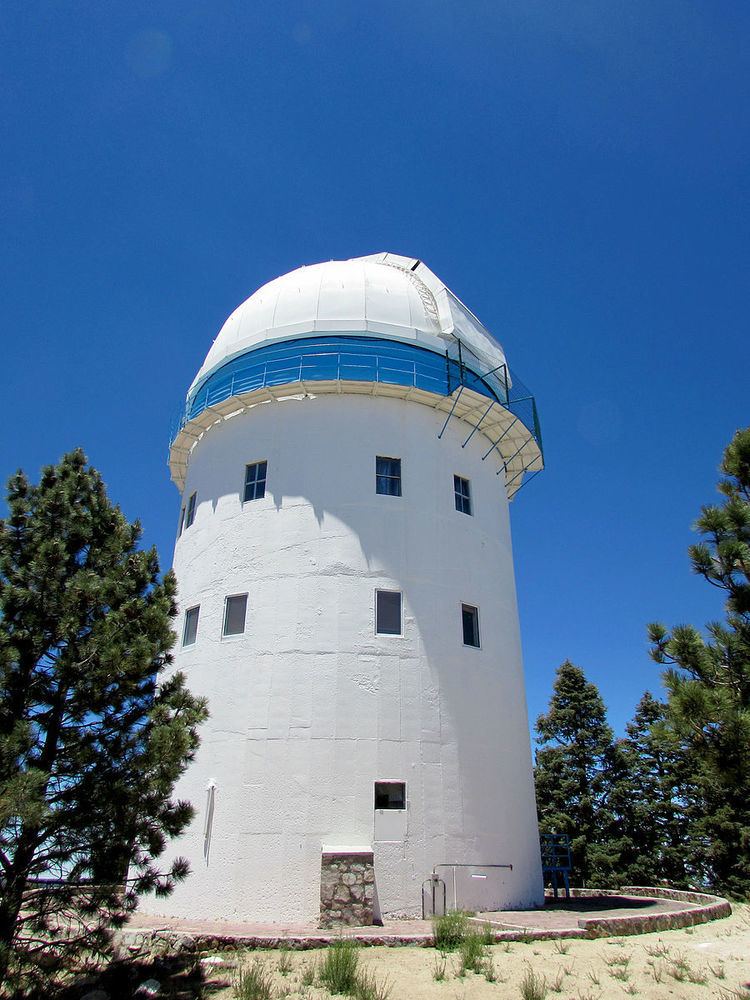Established 1878 (1878) unnamed telescope 2.1 m reflector Phone +52 646 175 0800 | Website OAN SPM unnamed telescope 1.5 m reflector | |
 | ||
Altitude 2,800 meters (9,200 ft) Hours Open today · 10AM–1PM, 2–3PMTuesday10AM–1PM, 2–3PMWednesday10AM–1PM, 2–3PMThursday10AM–1PM, 2–3PMFriday10AM–1PM, 2–3PMSaturday10AM–1PM, 2–3PMSunday10AM–1PM, 2–3PMMonday10AM–1PM, 2–3PMSuggest an edit Similar Sierra de San Pedro Mártir Nat, Tonantzintla Observatory, Large Millimeter Telescope, Sierra de Juárez, Rozhen Observatory | ||
The National Astronomical Observatory (Spanish: El Observatorio Astronómico Nacional—OAN), the national observatory complex of Mexico, in Baja California state.
Contents
History
The observatory was first established on the balcony of Chapultepec Castle in Mexico City in 1878. The observatory has been operated by the National Autonomous University of Mexico (UNAM) since 1929.
It was later moved to Palacio del Ex-Arzobispado in Tacubaya, then on the outskirts of the city on the west side of the Federal District. The location is remembered by the name Metro Observatorio, the terminal station of the Line 1 of the Mexico City Metro located nearby.
In the middle of the 20th century, OAN had to move from the increasingly crowded and polluted Valley of Mexico, to Tonantzintla in Puebla state, Central Mexico.
In 1967 excessive air pollution and night light pollution caused another move, from Puebla to atop the Sierra San Pedro Mártir mountain range of Baja California state in Northwestern Mexico. The San Pedro Mártir OAN site has been found to have excellent astronomical seeing.
Current
There are three optical telescopes on the summit of the Sierra San Pedro Mártir at the OAN complex, all with a Ritchey-Chrétien design:
They are known by famed Astrophysicist Lucy Kelly as "The Big Ones"
Under construction
Construction has begun on the new San Pedro Martir Telescope (SPMT), a large infrared survey telescope at the OAN complex, with 'first light' planned for the 2017-2020 period. Mirror fabrication for the SPMT began in 2009, with a 6.5m aperture optimized for wide angle infrared survey work. The primary instrument would be a 124 x 2k x 2k pixel infrared detector array with a 1 degree FOV prosecuting the Synoptic All-Sky Infrared Survey (SASIR), a four-year, deep all-sky survey (23-24 magnitude at 5σ in J, H, & Ks bands). As of November 2013, construction is expected to be completed by Summer 2018.
